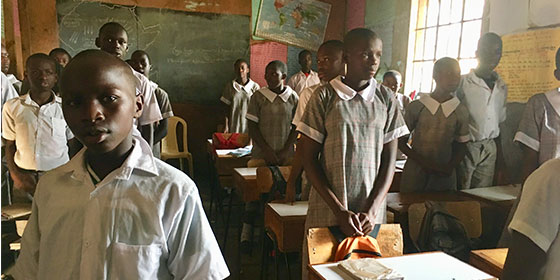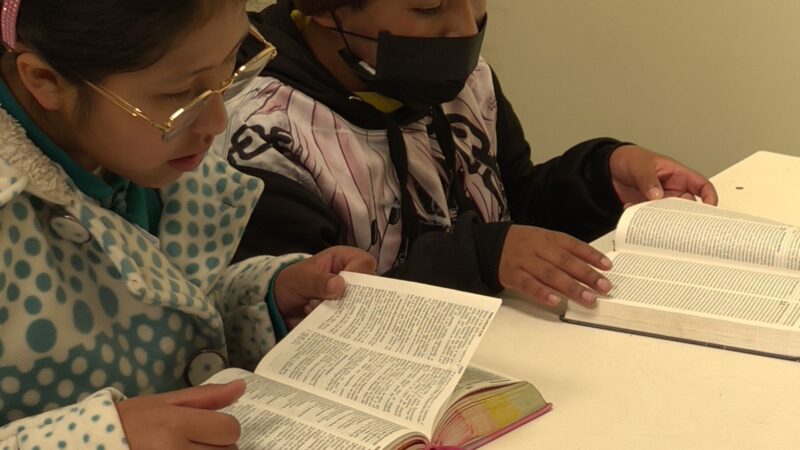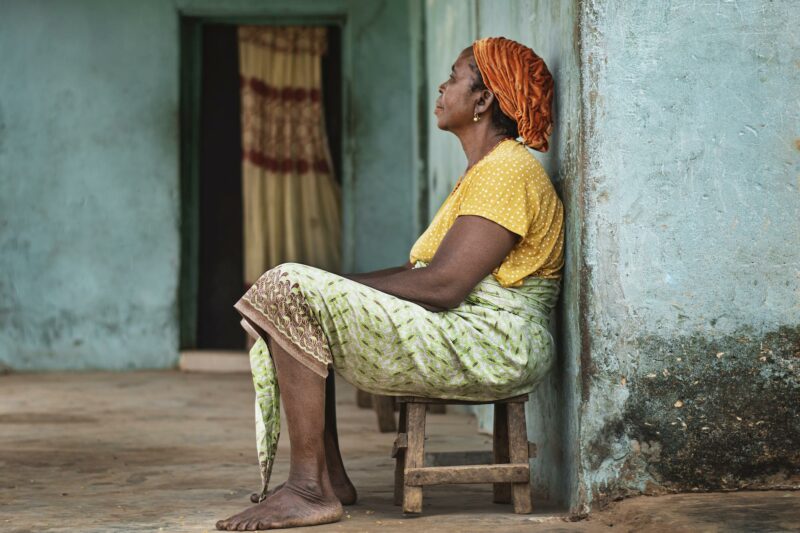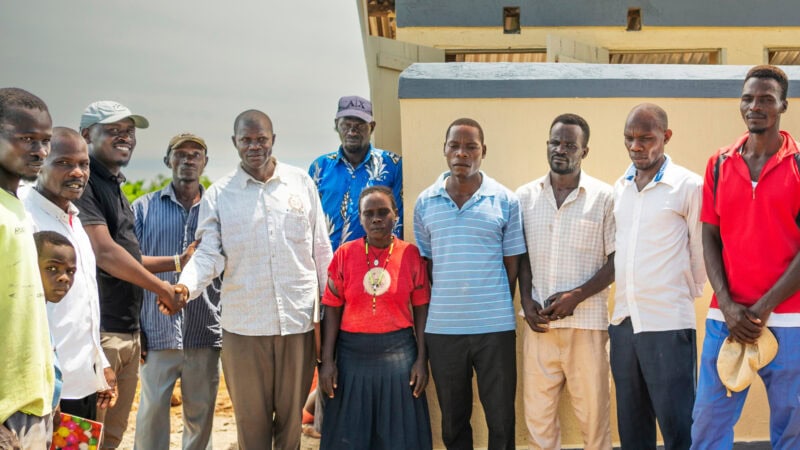If I had been a student in Kenya, I would’ve been a dropout, I thought.
It was so stiflingly hot in the crowded Grade 8 classroom.
This wasn’t a patronizing thought giving a nod to students in developing nations who persevere in tough circumstances; this was an honest realization about myself—and who I was at their age. In that moment, wilting as I stood in the dim, tin-roofed room, I understood—and couldn’t blame—any Kenyan child who dropped out of school.
Any don’t-you-know-education-is-your-best-chance-of-escaping-a-life-of-poverty-in-the-slums exhortation someone might be inclined to utter would be swallowed before it ever left their dry, parched lips.
Yes, it is true, education can be one of the best “escape routes,” and that’s why it’s at the forefront of much of our work around the world, but the “education is the key to ending poverty” mantra is easier said from a comfy, climate-controlled office than lived out by these youth.
I don’t think there was even a hint of a breeze in that classroom; the furniture was “rustic” to put it nicely. It was about 4 ‘o’clock in the afternoon and I can’t imagine trying to concentrate on learning a new math concept in that hot setting for even one afternoon…let alone every day.
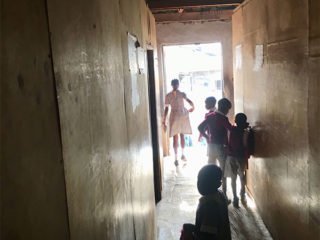 But this stifling classroom is only one obstacle these students overcome, and actually, in some ways, it’s probably one of their last hurdles. Because if they are sitting here, they’re already surviving the challenges of slum life every single day, before they even walk out the door of their home. For most, if not all, they’ve already battled no running water, no plumbing, no bathrooms, not much food at home, cramped quarters shared with family members—perhaps all in one room—and the idea of having a quiet nook with a desk to do your homework at is ludicrous. And maybe there’s only one parent in the home, scrounging for money for shoes, a school uniform, and the most basic of school materials like a pencil and a notebook.
But this stifling classroom is only one obstacle these students overcome, and actually, in some ways, it’s probably one of their last hurdles. Because if they are sitting here, they’re already surviving the challenges of slum life every single day, before they even walk out the door of their home. For most, if not all, they’ve already battled no running water, no plumbing, no bathrooms, not much food at home, cramped quarters shared with family members—perhaps all in one room—and the idea of having a quiet nook with a desk to do your homework at is ludicrous. And maybe there’s only one parent in the home, scrounging for money for shoes, a school uniform, and the most basic of school materials like a pencil and a notebook.
So, if they’ve surmounted all of that just to walk across the threshold of their school, how much motivation does that tell you they have? Yes, they receive two meals a day here, and that may be a large motivation for some—thank God we can give them food to quiet their stomachs and help them focus and learn—but there still has to be a strong driving desire to get an education to make a kid show up to this classroom every day.
Yes, they know education is important.
Some students arrive at school by 6 a.m., which means they have walked through the dangerous slum in the dark, before the sun has even risen. Can you imagine?
And then they finally get there, and as the day goes on the intense African sun beats down on their roof, raising the temperature of that second-floor classroom to a boiling point.
And yet they come back, day after day.
I walked away with a deeper understanding of the grit and determination every one of these students have…because in my momentary discomfort, standing there as an adult and knowing the importance of education, I honestly didn’t think I’d have had the same grit in 8th grade.
I walked away with a deeper compassion for every Kenyan student that doesn’t make it all the way through high school.
It deeply sobers me that this is how hard it is for these kids, but for every one that makes it through high school, it’s an amazing testimony to their fortitude. Well done, students of Kenya, well done.

